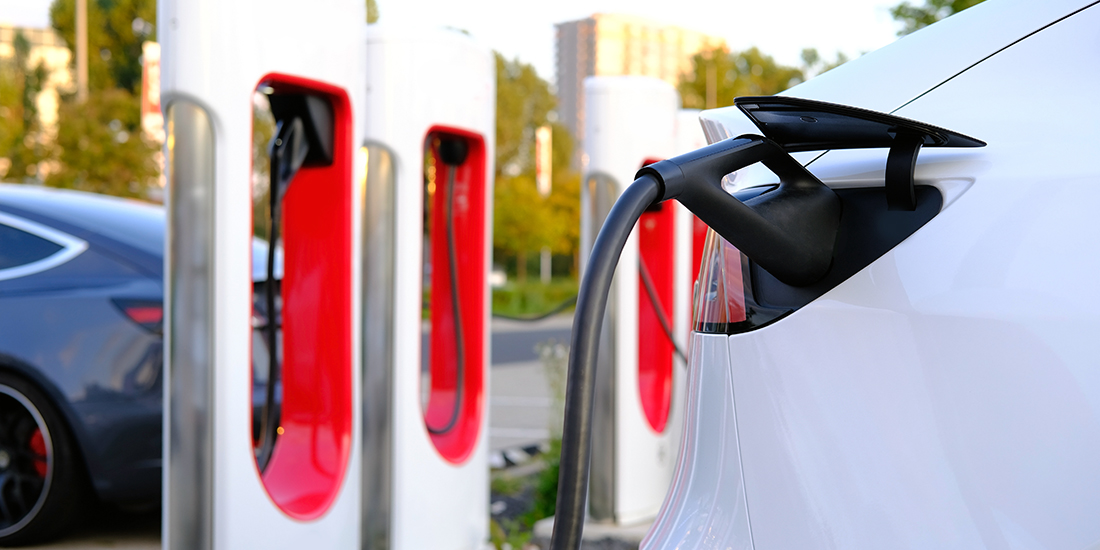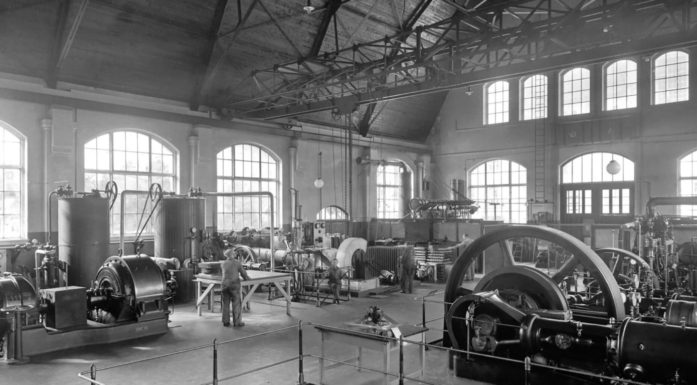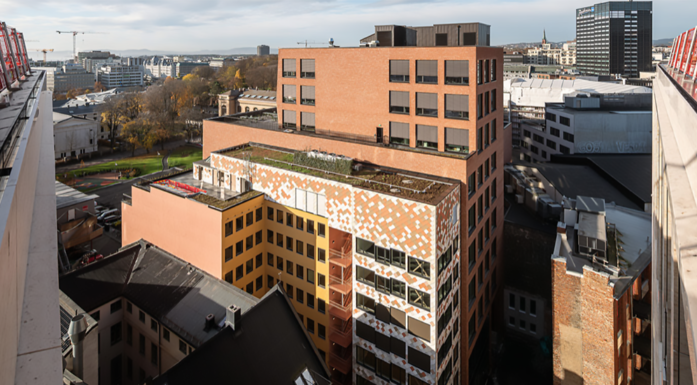Trade unions can contribute to productivity and technological development
The world’s largest electric car manufacturer and the Swedish trade union movement are at loggerheads. Could Tesla owner Elon Musk have more to gain than he realizes by joining Nordic unions?
The Swedish trade union IF Metall is demanding that a collective agreement be established with Tesla, but the electric car manufacturer is refusing to collaborate. As a result, well over a hundred Swedish Tesla workers have been on strike since late October.
Trade unions from several Nordic countries have recently supported the demand. In addition, the Norwegian United Federation of Trade Unions recently announced that they too will initiate a Tesla boycott if a collective agreement is not in place soon.
However, Tesla shows no signs of giving in to the demands. On the contrary, the electric car manufacturer appears to be stepping up its opposition.
Cultural differences and a poor understanding of the Nordic working life model are among the reasons why Tesla is digging its heels in, says Fredrik Bakkemo Kostøl, a researcher at NTNU in Gjøvik.
American and Norwegian trade unions are different
Kostøl works at the Department of Industrial Economics and Technology Management. His research interests include the Norwegian model and how trade unions affect companies’ productivity and technological development.
“The trade unions still hold quite a bit of sway in the automotive industry in the United States. As a car manufacturer, Tesla should therefore be well acquainted with the trade union movement,” says Kostøl.
Elon Musk is against trade unions because he believes they create conflict in the workplace.
“At the same time, we are used to trade unions both operating and being treated in quite a different way in the United States,” Kostøl explains, citing union busting as an example.
“In the United States, employees working in companies that do not voluntarily facilitate unionization must vote on whether to join a union or not. There have been quite a few examples of employers hiring lawyers who are experts in making sure the unions lose these elections. This is a form of criminalization of the trade unions that would have been completely inconceivable in Norway,” says Kostøl.
Elected in Norway, hired in the United States.
He also points out differences in the way the trade union movement operates.
“While union representatives in Norway are voted for by their colleagues, the people they will represent, union representatives in the United States are more like hired consultants who the unions send into workplaces to safeguard the employees,” says Kostøl.

Fredrik Bakkemo Kostøl, a researchers at NTNU in Gjøvik. One of his areas of research is how trade unions affect companies’ productivity and technological development. Photo: NTNU
Seeing as the decision to join a trade union is determined through an election, the distinction between unionized and non-unionized employees can quickly become more pronounced in the United States than we are used to here in Norway,” says Kostøl.
That might help explain Tesla owner Elon Musk’s recent statements that he is against unions because they create conflict in the workplace.
Establishing a collective agreement is absolutely crucial
However, according to research conducted by Kostøl and his colleague Elin Svarstad, Musk’s description does not reflect the way trade unions influence companies in the Nordic countries.
On the contrary, their findings indicate that a collective agreement can help improve collaboration within a company.
“There are good reasons to believe that the institutional framework established by collective agreements helps improve working conditions in a company. The establishment of a fixed framework for collaboration, communication and participation becomes a formal recognition of the employees’ importance to the company.”
Musk is overlooking the benefits
Kostøl also believes that Elon Musk is probably not aware of the other benefits that well-unionised employees can bring to a company. By studying detailed registry data from a period of 16 years, Kostøl and Svarstad found that trade unions can also contribute to increased productivity.
“If the degree of unionisation is sufficiently high and a collective agreement is in place, we find that the presence of trade unions at the workplace has a positive effect on productivity,” says Kostøl.
However, their findings show that having a collective agreement in place is crucial for this effect to occur.
“Without a collective agreement in place, a high degree of unionisation can have the opposite effect, i.e. negatively impact a company’s productivity,” explains Kostøl.
The researcher explains that employees often unionise themselves in the hope of establishing a collective agreement, and that not reaching such an agreement will result in a breeding ground of discontent.
- You might also like: The capsule camera of the future: images the intestines in 3D and detects disease
Contributing to technological development
Kostøl and Svarstad have also looked at how the degree of unionization can affect a company’s technological development.
Although it is not a direct measure of productivity, technological development is expected to contribute to productivity growth.
Despite the fact that there is still no end in sight in the conflict between the Nordic trade union movement and Tesla, Kostøl is fairly certain that the stand-off will eventually result in a collective agreement.
“If the degree of unionization affects technological development, it therefore also affects productivity,” explains Kostøl.
There are two main mechanisms at work here.
“One shows that trade unions can have a positive impact on technological development through wage compression. This is where wage differences between employees are evened out,” Kostøl said.
By making labour that is compatible with new technology cheaper, and labour that the new technology can replace more expensive, companies are given incentives to invest in new and more productive technology.
The second mechanism concerns how the local union representatives potentially influence decision-making processes through close collaboration with the management.
“In some cases, these two mechanisms are contradictory; other times they will pull in the same direction. It all depends on the industry in question, and may possibly stem from different traditions of trade unionism or other differences in market conditions,” says Kostøl.
Confident there will be a collective agreement
Despite the fact that there is still no end in sight in the conflict between the Nordic trade union movement and Tesla, Kostøl is fairly certain that the stand-off will result in a collective agreement.
“There have been a number of similar cases in recent years where companies have suddenly terminated collective agreements or discriminate between departments that have and do not have collective agreements. More often than not, they end up reintroducing the collective agreement, especially when the case gets a lot of media coverage,” says Kostøl.
References:
Elin Svarstad, Fredrik Bakkemo Kostøl: Unions, collective agreements and productivity: A firm-level analysis using Norwegian matched employer–employee panel data. BJIR – An International Journal of Employment Relations. 14 January 2022
https://doi.org/10.1111/bjir.12662
Fredrik Bakkemo Kostøl, Elin Svarstad: Trade Unions and the Process of Technological Change, Science Direct, Labour Economics, October 2023
https://doi.org/10.1016/j.labeco.2023.102386





